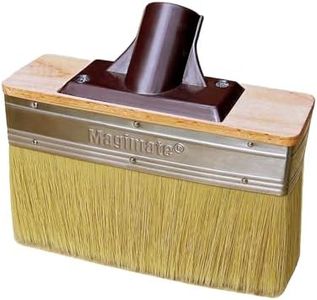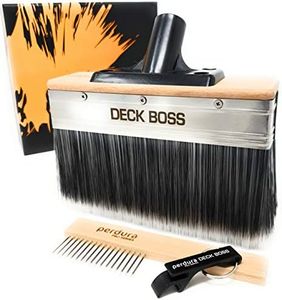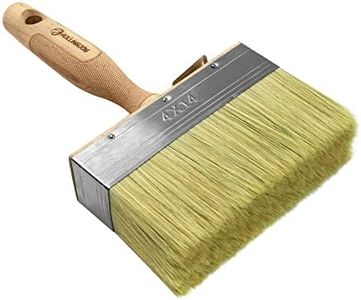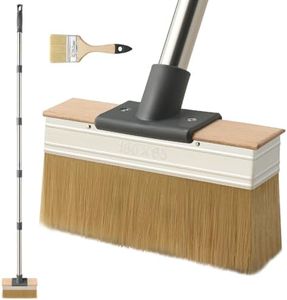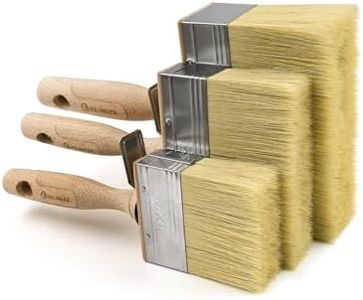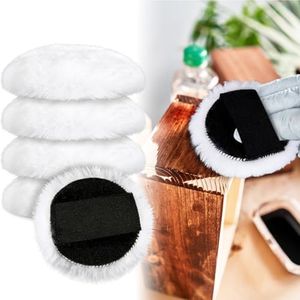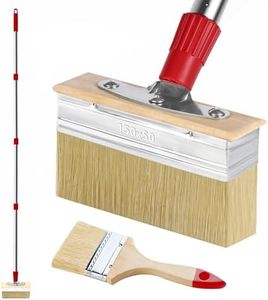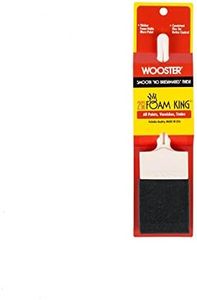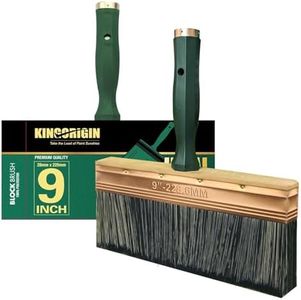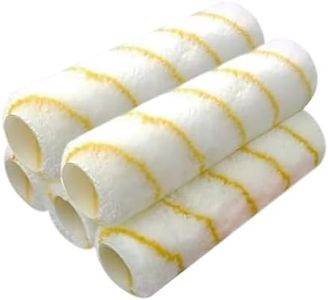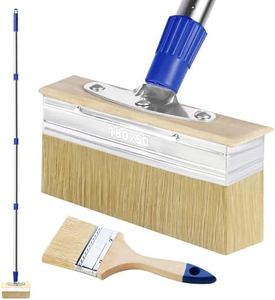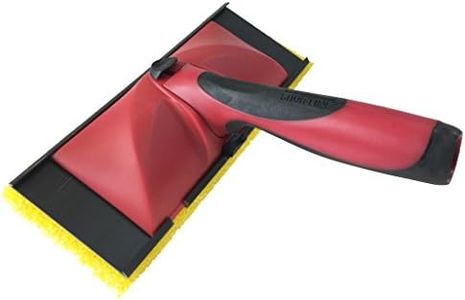We Use CookiesWe use cookies to enhance the security, performance,
functionality and for analytical and promotional activities. By continuing to browse this site you
are agreeing to our privacy policy
10 Best Deck Stain Applicators
From leading brands and best sellers available on the web.Buying Guide for the Best Deck Stain Applicators
Choosing the right deck stain applicator can make a big difference in how easy and efficient your staining project goes, as well as how professional the final result looks. A good applicator helps you apply the stain evenly, avoid wasting materials, and reach tricky spots on your decking. Before picking one, consider the size and material of your deck, the type of stain you’re using (water- or oil-based), and how much time and energy you want to invest in the work. Knowing a bit about the key features will help you make the best match for your project and style.Applicator TypeThere are a few common types of deck stain applicators, such as brushes, rollers, pads, and sprayers. Applicator type simply refers to the basic design and how the stain is applied to the surface. Brushes give the most control and are good for getting stain into cracks or grooves, but can be slow for large areas. Rollers are faster for large, flat sections but may miss detail work. Pads provide a blend of both control and speed, making them popular for many decks. Sprayers cover big areas quickly but require careful masking and preparation to avoid overspray. To pick the right type, think about the size and detail of your deck, as well as your comfort with each tool—choose what will be easiest for you and suited to your deck’s structure.
Size and Coverage AreaThe size of the applicator—often measured by the width of the brush, roller, or pad—affects how much stain you can apply in one pass. Larger applicators, such as wide rollers or pads, are best for big, open surfaces and help speed up the job. Smaller tools are better for tight spaces, railings, or intricate parts of the deck. For efficiency, use larger applicators on big, flat sections and keep a smaller tool handy for corners or details. Consider how accessible your deck is and how much detail work there will be to choose an appropriate size.
Material CompatibilityApplicators are often made from different materials, and some are designed to work best with oil-based stains while others are more effective for water-based stains. Using the right applicator material helps you get an even, smooth application and prevents unnecessary wear or problems like shedding fibers. Foam pads and synthetic bristle brushes work well with water-based products, while natural bristles or certain pads are better for oil-based stains. Check the stain you plan to use and match your applicator to it for the best results.
Reach and Handle LengthHandle length refers to how long the applicator’s handle is, which affects your reach and comfort level, especially for large decks or hard-to-reach areas. Long-handled applicators allow you to stand while working, making it less tiring on your back and knees, and they help cover big areas faster. Short-handled tools give more control and are good for tight spaces or detailed work. If you have a large or multi-level deck, or simply want to work with less bending, look for an applicator that allows you to attach an extension handle.
Ease of CleaningAfter your project is done, you’ll need to clean your applicator so you can use it again. Some applicators are easier to clean than others—pads and synthetic brushes, for example, usually clean up faster with less effort, especially with water-based stains. Natural bristles and sprayers may need more thorough cleaning and care. If you want something reusable, look for options labeled as easy to clean, and consider how much time or patience you have for post-project cleanup. If you prefer minimal cleanup, disposable pads or rollers might be a better fit.
